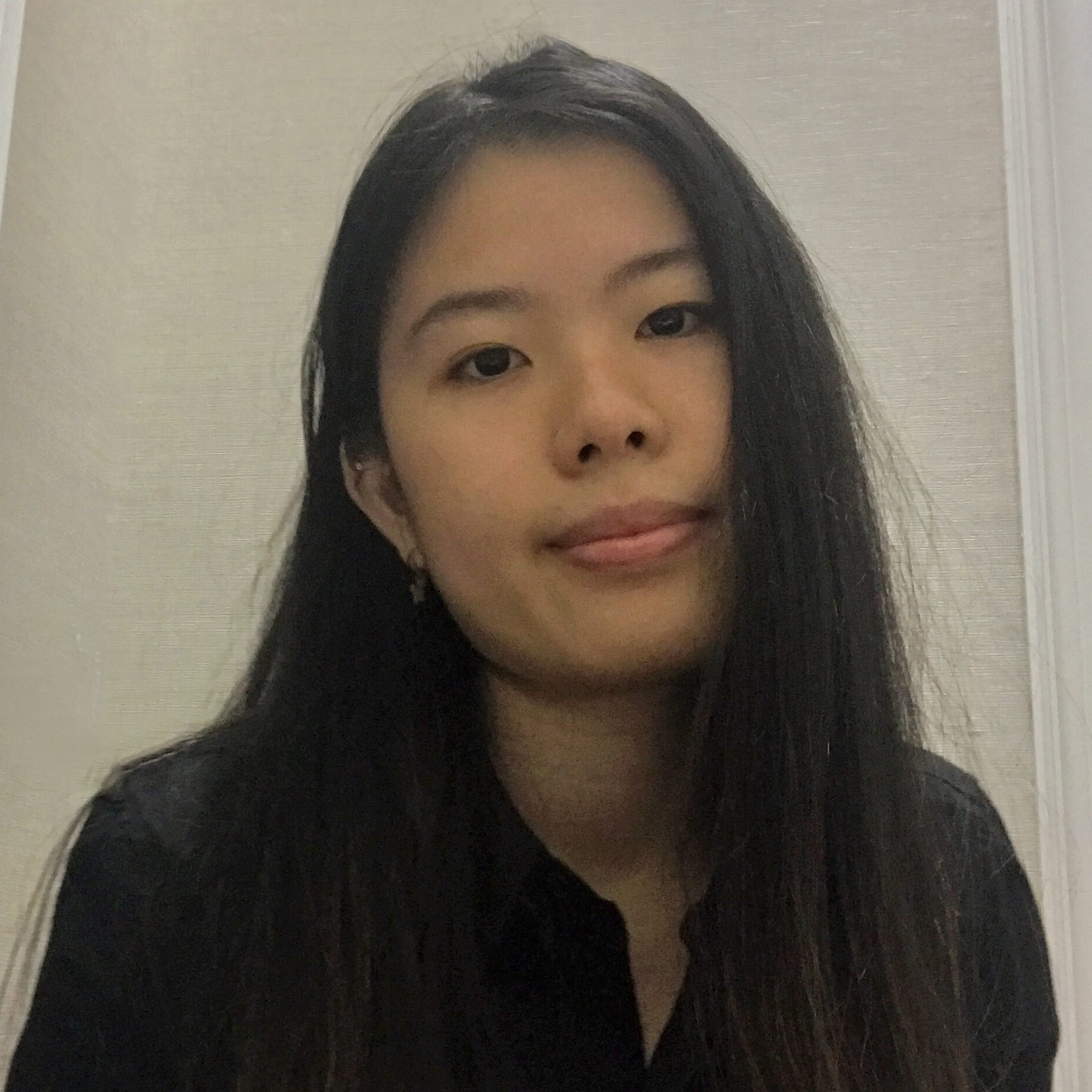Politics programmes in Western academia are wanting in educating students about the Asian context. There, I said it.
Although the argument that Western political theory does not stand up to Asian evidence is not novel, it frustrates me whenever I struggle to apply a new concept that I have just excitingly grasped to the empirical case of my home country in Southeast Asia. As a consolation, and succumbing to heuristic thinking, I would blame the incongruence on my country’s predisposition to chaos and caprices and politicians’ general lack of respect for formal, democratic institutions. That would typically conclude my brief investigation into Indonesia’s politics. Brushing off a great deal of the country’s history, culture and unique social relations and preferences.
This is not to say that no efforts have been made to fill the knowledge gap about Asia. However, Asia studies need considerable refinement. The concepts of democracy, liberty and equality championed in the West are, more or less, treasured to the same extent in Asian societies, but they have also been reinterpreted and renegotiated to cohere with societal values unique to each society. This then calls for a careful examination and appreciation of how peoples in Asia acknowledge power and authority, derive freedom and incorporate traditionally Western qualities into their institutions.
Room for improvement in Asia studies
The demand for bridging the knowledge gap about Asia has accompanied the development of Asia studies in the academic sphere. But the existing approach to studying the region has been contested.
“We want to go beyond a Cold War, colonial mentality of Western experts commenting on Asia, as opposed to being in Asia and with Asia.”
— Philippe Peycam, director of the International Institute for Asia studies at Leiden University
Perceiving Asia through the Western lens is problematic for two reasons. First, it perpetuates the view of Asia as an “other.” Second, it implies that the study of Asia remains subjected to Western interest. The product of such a practical approach is an incomplete understanding of diverse Asia that attenuates cultural considerations, overlooks Central Asia, and addresses too much about conflict in the Middle East – to name a few examples. Besides, the interest in studying any Asian country tends to fluctuate with its economic growth. It is thus unsurprising why China, an economic powerhouse, is studied extensively, and why Japan studies have not progressed as much as they used to be during the country’s economic boom in the 1960s and 1970s.
To reiterate, as Peycam said, understanding Asia should be done in Asia, with Asia, as opposed to taking the vantage point of an outsider looking in. This requires understanding the perspective of the regions as well as of the communities that nurture, shape and maintain the existing institutions in Asian societies.
After all, countries in Asia are entitled to prosper in their own right and on their own terms. It is possible that Asia has risen long before the narrative of the “rise of Asia” was propagated. Furthermore, contrary to the classic portrayal of Asia’s growth as either an economic opportunity for global capitalists or a threat to dominant countries, we should consider the possibility that neither is true as far as the peoples in Asia are concerned. They may very well attach completely different meanings to their societies’ development.
The self is not evident
“The Western belief that progress should result in ever greater scope for individual autonomy is not taken as self-evident by most Asians, who are more inclined to believe that greater happiness comes from suppressing self-interest in favour of group solidarity.”
— Lucian Pye in Asian Power and Politics
Although there has been some generational shift in attitude towards subordinating self-interest to group solidarity, it remains true for most Asians that obligations to the family and to the larger society figure prominently in deriving the degrees of individual autonomy. Whether they like it or not, group interest cannot be simply cast aside. Plus, doing so does not necessarily provide satisfaction for the individual even if it means more freedom.
The emphasis on group associations also helps explain why patron-client relationships are very common in Asian politics. Not only are personal networks and associations essential to the makeup of power structures, but people of high status and of wealth are also perceived as “necessary patrons of others,” which is especially the case in Southeast Asia. Wealthy people with power automatically have a moral obligation to be charitable and are expected to discharge their duty of charity by helping those dependent on them. By the same logic, paternalistic authority in Asian context does not carry the stigma it does in the West.
“…for there can be no father without children. In Asian politics patrons and clients seek each other out for different but equally compelling reasons, and the spirit of mutual dependency is quite different from the Western expectation…,” Pye expanded further.
Identity as a negotiated process
Despite cultural and historical differences, there is nothing about them that preclude Asian nations from developing democracy and freedom. According to Timothy Lomperis, a professor emeritus of Political Science at Saint Louis University, the political thought of Asia since the end of World War II has been formed by newly independent Asian nations deciding what set of political ideas and institutions would best serve them, selecting from a “mix of the traditional and colonial.” In other words, Asia modernises in its own way by borrowing some elements from the West, which had previously been imposed during the colonial era, while retaining traditional ideas deeply embedded in its value system.
One example is the creation of the state in China, which was meant to oppose the privatisation of the realm by emperors. Reformist thinkers during that time period like Liang Qichao embraced democratic theory and its fundamental principles, but did not see a wholesale import of the model as appropriate. Considering national political realities, Liang believed that China needed a strong, yet not self-interested state for effective reform. A state that is “the subject (carrier) of rights” that could transcend the people, hence the Chinese statist model of the state.
“Today’s [Chinese] state remains firmly above society, not only due to its civilizing mission, but to its need to provide scientific management: to guide competing interest groups to a common objective.”
— Peter Zarrow in Western Political Thought in Dialogue with Asia
This is only the Chinese example. We can expect different conceptions of the state in other parts of Asia. But ultimately in an international world where Western views dominate, our understanding of Asia will remain limited until the scope and approach to Asia studies are freed from inward-looking and fluctuating Western interests.






0 Comments